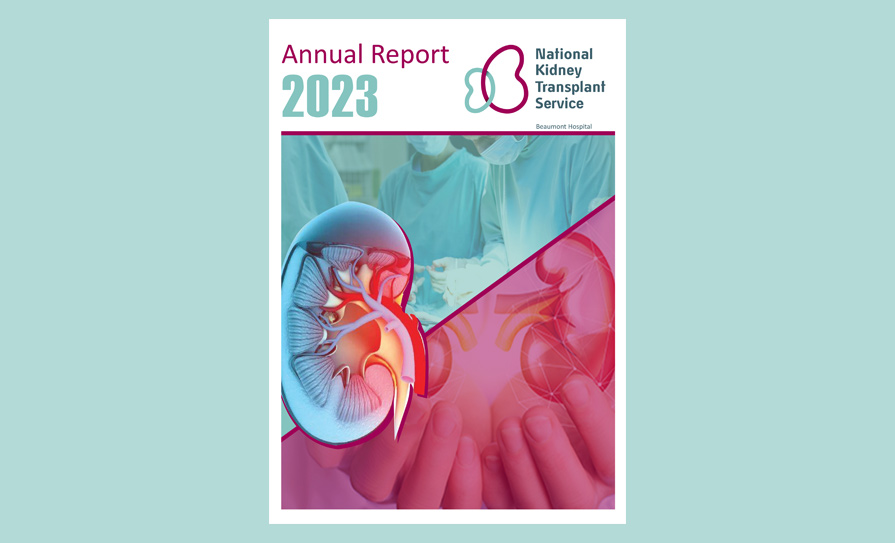According to the HPSC Annual Epidemiological Report for the area, there were 42 IPD-related deaths in 2017.
The incidence rate was 8.7 per 100,000 population, a slight increase compared to 2016, when it was 8.0 per 100,000 population.
Age-specific incidence rates (ASIR) were highest in those aged 85 years and over (77.0 per 100,000 population), followed by those aged 75-to-85 and 65-to-75 years (36.6 and 22.2 per 100,000 population, respectively). In children, the ASIR was 15.8 per 100,000.
In 2017, compared to 2008, the greatest impact due to pneumococcal conjugate vaccines (PCV) was seen in children under five years of age where the incidence due to PCV7 serotypes has declined by 100 per cent.
The incidence of disease due to the additional six serotypes covered by the PCV13 declined by 80 per cent in the same age group.
A significant indirect impact was also observed in those aged 65 years and older, with a decline in incidence of serotypes from the PCV7 and the additional six PCV13 serotypes in 2017, compared with 2008.
An increase in incidence due to non-vaccine types (NVTs) was also seen in all age groups in 2017 compared with 2008.
IPD includes meningitis, bloodstream infection (BSI) with and without pneumonia, and invasive disease of other sterile sites.
A number of different initiatives are in place in Ireland for the surveillance of IPD.
Data on IPD notifications are collated using CIDR. Enhanced surveillance (including outcome, risk factors, vaccination, serotype) of IPD notifications is undertaken by Departments of Public Health.
A separate surveillance strand (EARS-Net project), involving the microbiology laboratories and HPSC, is used to monitor in detail the antimicrobial resistance profiles of invasive S.pneumoniae isolates from blood and/or cerebrospinal fluid (CS). EARS-Net laboratories can also collect additional information, including risk factors, admission and outcome for each patient notified with S.pneumoniae isolate.
These data are collated by the HPSC through the Enhanced Surveillance of Bloodstream Infection (ESBSI) system. In order to improve data quality, regular processes for cross-checking CIDR data with other data sources were established in 2012. To identify missing IPD notifications and/or missing information, CIDR data were linked to both the typing and ESBSI databases and additional information on either of these systems, which is missing or incomplete in CIDR, was collated.
Since April 2007, the Irish Pneumococcal Reference Laboratory has provided a typing service to Irish laboratories for all invasive S.pneumoniae isolates. This is a collaborative project involving the RCSI/Beaumont Hospital, Temple Street Children’s University Hospital and the HPSC. In addition, since August 2012, the HPSC has participated in a European Centre for Disease Prevention and Control (ECDC) project called SpIDnet and since 2015, the HPSC has joined the ECDC project I-MOVE+.












Leave a Reply
You must be logged in to post a comment.